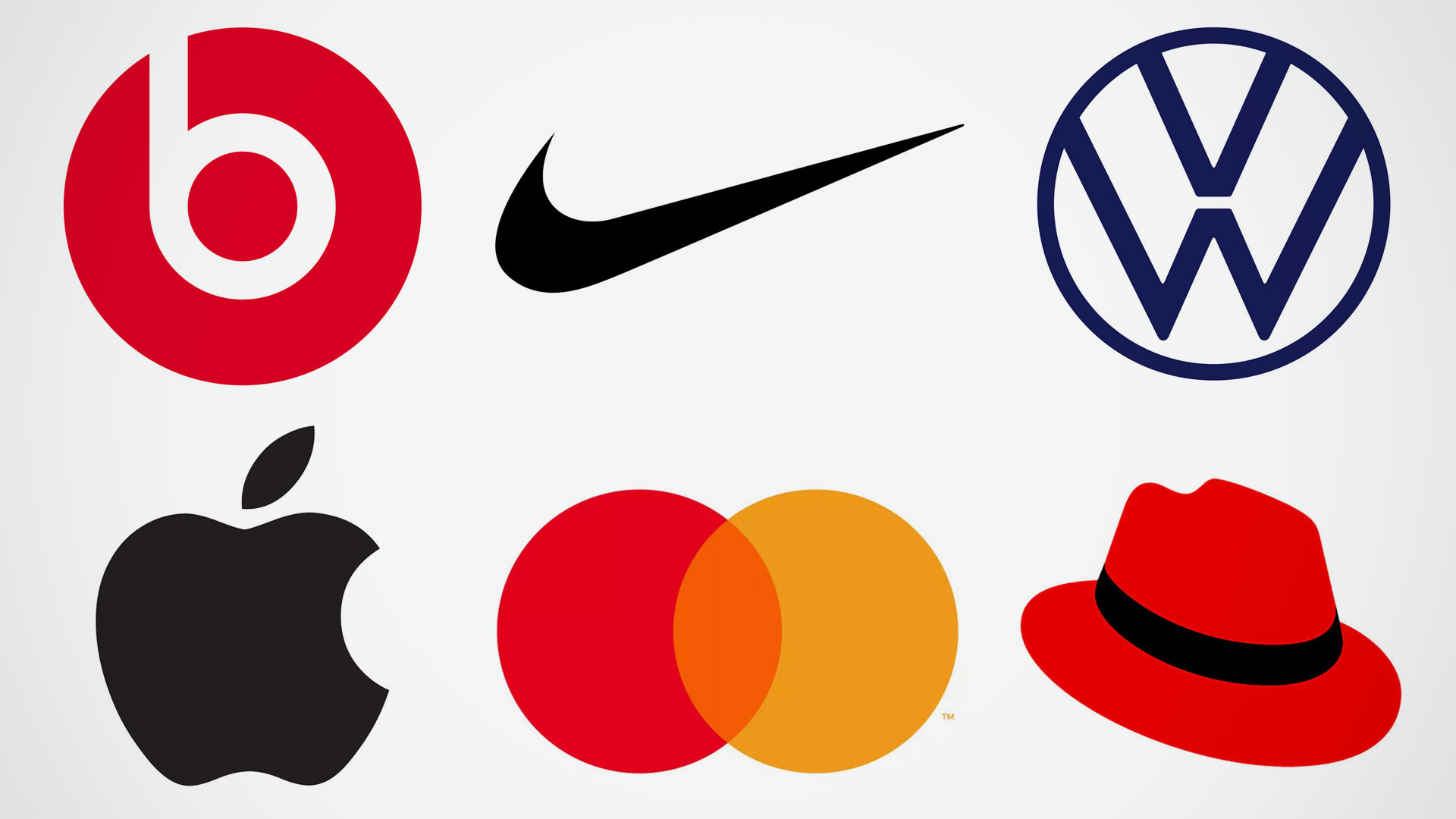The important elements to an effective branding
Branding can be pretty complicated to understand and master. For starters, it might help to learn the following five key elements that will help you get started on developing a killer branding
Branding is the act of giving a certain organisation, company, products, or services a significance in the minds of consumers by developing and moulding a brand. Branding is a technique devised by businesses to assist consumers in identifying and experiencing their brand, as well as giving them a reason to pick their products over the competition’s, by defining what this specific brand is and is not. A few of the important elements that go into branding are:
1. Logo Design
A logo is one of the most important graphic elements of branding. It is the pictorial representation of the personality of your brand and often the first interaction a customer has with your company. A memorable logo is an essential component of a powerful brand and serves as a visual shortcut to the company within a competitive market. A logo goes on all of the physical assets of a company and helps in distinguishing your products amongst the others.

2. Value creation
A brand increases the value of your product or service. A good brand image will make your business worth more than the physical expenditure that is required to start a company like factories, raw material, labour etc. A brand uplifts the value of a product from, well a mere product to part of an experience that ideally a customer would repeat or recommend to others. A premium branding for a product works by creating aspiration in the minds of customers. They look forward to purchasing this product even if it’s on the higher end. They feel accomplished and cherish the product when they have it. Whereas a friendly economical branding creates trust and familiarity for the product which in turns helps in repeating the purchase of the product. Brand value creation means creating a brand promise of a valued, relevant, differentiated, trustworthy experience that is delivered consistently.

3. Strategy
The various elements involved in the branding of your company falls under strategy. The color palette to font to the material of the packaging, all plays an important role in devising the look and feel of a brand. Colours have a strong effect of evoking certain emotions while fonts dictate how a customer would perceive the brand at the first glance. Even the behaviour of the employees in your physical store and the customer service defines your brand. Sometimes extremely specific traits like the taste in case of a food product will be part of branding. A successful branding strategy encompasses the brand’s mission, its promises to its customers, and how these are communicated. Think of your favourite product, think of the reasons you purchased it, what were the elements that attracted you to purchasing that particular product.
4. Trust & Communication
Branding is essential to customers developing a bond with your business. And perhaps the most important factor that goes into developing that bond is trust. And trust rises out of good experience throughout the purchase and even ownership of the product. An important factor in developing trust is communication, it’s important that your branding communicates your brand values and sets the expectations for the customer. In the early stages of building a business, the vision for what’s possible with a new technology or product can quickly outpace the reality of what’s actually possible. This classic hype cycle can easily breed disillusionment.
5. Advertisement and marketing
Branding involves the visual components like company name, logo, tagline, fonts, and color scheme that decide the overall beliefs of your company, its goals, and how consumers associate with your products and services. It promotes loyalty and commitment while marketing comprises the strategies that build awareness about your brand. This includes all kinds of promotions, the customer service, websites and tangible assets. Advertising is a subset of marketing that focuses on acquiring customers and increasing sales. It does so through carefully crafted paid campaigns that reach a target audience through various media channels. These work interconnectedly. Advertising can enhance brand awareness, while branding drives the style and direction of advertising campaigns. Marketing can manage brand accountability and shore up a brand’s reputation, in addition to promoting ad campaigns.

Now that you have acquainted yourself with these elements of branding, you are all set to begin the process of branding your business.
